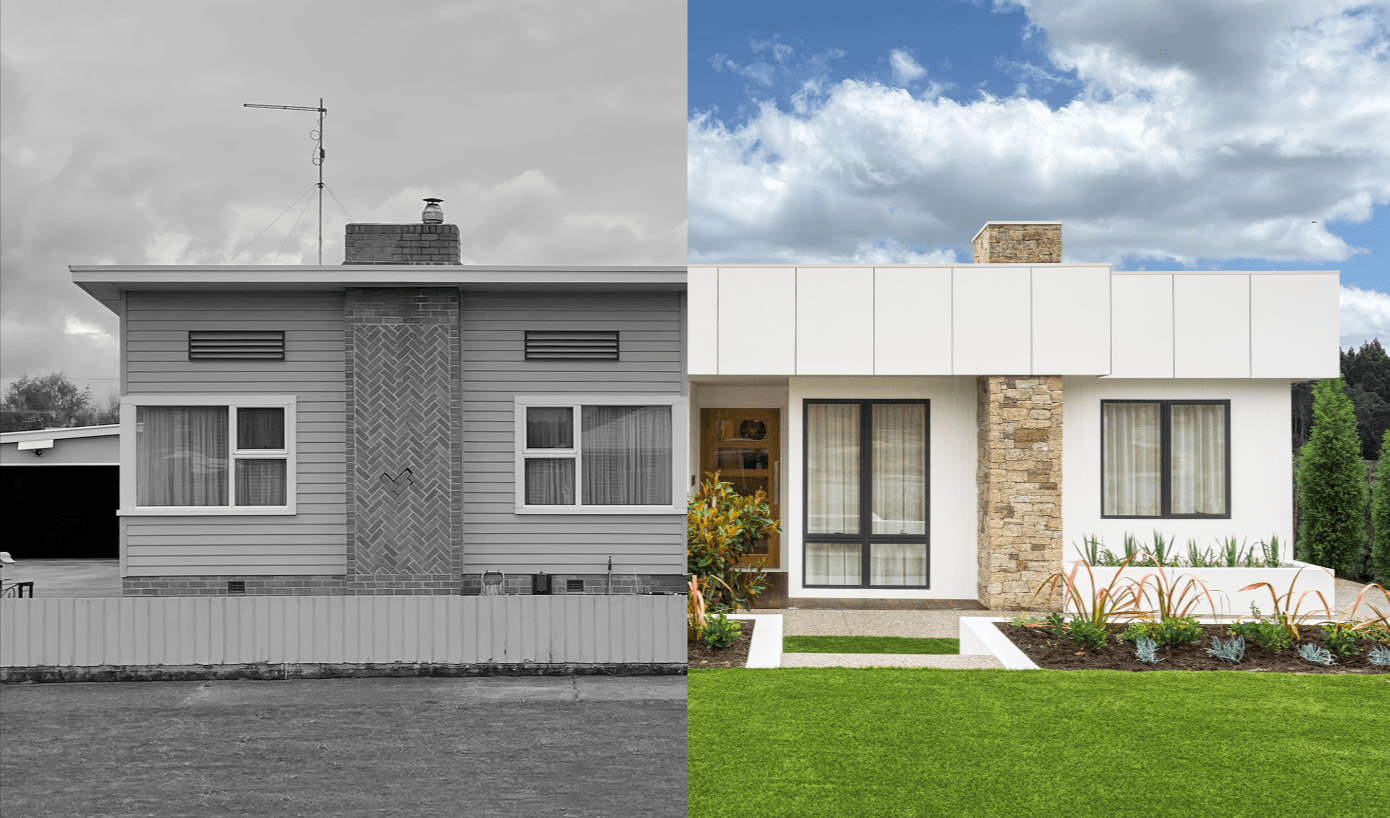A knockdown rebuild can be the perfect solution when you love your location but not your home. Instead of spending money on costly renovations or hunting for a new property, you simply remove the old house and start fresh with a brand-new one. It sounds straightforward, but there’s a lot to consider before the demolition begins.
Without a solid plan, you can run into delays, budget blowouts, and frustrating surprises. To help you get started, here’s a complete checklist to guide you through your knockdown rebuild journey.
1. Confirm if a Knockdown Rebuild is Right for You
Before diving into planning, make sure this option is truly the best one. Compare the cost of a full renovation with that of a new build. Think about long-term benefits like better design, energy efficiency, and increased property value. If your current home has serious structural issues or doesn’t meet your family’s needs, a rebuild may be more cost-effective in the long run.
2. Check Local Council Regulations
Every council has different rules about demolitions and new builds. Visit your local council’s website or speak to a planning officer to understand what’s allowed on your block.
You’ll need to check zoning, building envelopes, height limits, and heritage overlays. Some councils also have restrictions on tree removal or require planning permits before demolition.
3. Assess the Site and Land Conditions
Get a proper site assessment to check for any issues that might affect your build. Soil tests, land slope, drainage, and access all play a role. These factors can impact the design and cost of your new home. A reliable Melbourne builder will usually organise this step and help interpret the results.
4. Choose a Trusted Builder
This step is crucial. Look for licensed, insured, and experienced Melbourne builders who specialise in knockdown rebuilds. Check reviews, ask to see past projects, and make sure their communication is clear and honest. A good builder will help with design, approvals, demolition coordination, and construction—all under one roof.
5. Finalise Your Budget
Budgeting goes beyond just building costs. Include demolition, site preparation, council fees, design and drafting, temporary accommodation, landscaping, and any upgrades. Don’t forget to set aside a contingency fund for unexpected issues. Your builder should be able to provide a detailed quote and help you manage costs along the way.
6. Secure Finance
Speak to your bank or broker early in the process. A knockdown rebuild loan might be different from a regular construction loan. You’ll need to provide documents such as building contracts, plans, and cost estimates. Make sure you understand your borrowing power and repayment terms before you begin.
7. Create Your New Home Design
Now comes the exciting part—designing your dream home. Think about how you use your current space and what you want to change. Consider natural light, energy efficiency, storage, and future needs. Many Melbourne builders offer customisable floor plans to make this process easier. Don’t rush this step; the right layout can make a huge difference to your lifestyle and resale value.
8. Obtain Demolition and Building Permits
You can’t start without the right approvals. Your builder or a private certifier will usually handle these, but it’s important to understand what’s required. A demolition permit is needed to remove the existing structure, and a building permit is required before construction can begin. Depending on your council, you may also need planning approval.
9. Arrange for Temporary Accommodation
Since your existing home will be knocked down, you’ll need somewhere to stay during the build. This could be a rental, staying with family, or using temporary accommodation. Factor this into your budget and timeline. Make sure your insurance also covers this stage, especially during demolition.
10. Plan for Services Disconnection
You’ll need to organise the disconnection of utilities like electricity, gas, water, and internet before demolition begins. This usually requires a few weeks’ notice, so don’t leave it to the last minute. After your new home is built, you’ll need to reconnect these services, which your builder can help coordinate.
11. Prepare for Demolition
Once all permits are in place and services are disconnected, demolition can begin. This usually takes a few days to a week. Your builder may handle this directly or work with a specialist. They’ll ensure safety measures are in place and that all waste is disposed of properly.
12. Begin Construction of Your New Home
With the site cleared and approvals in hand, your builder can start construction. Make sure to stay in regular contact with your site manager and visit the site (if allowed) to stay informed about progress. Track key milestones and confirm timeframes for each stage.
Bottom Line
A knockdown rebuild is a big project, but with the right preparation, it can be a smooth and rewarding experience. By following this checklist, you’ll have a clear understanding of what’s involved and what to expect at each step. With the right team and a clear plan, you’ll soon be enjoying your brand-new home—right where you want to be!
